In order to strengthen risk management mechanism, the Reserve Bank on Wednesday unveiled guidelines for implementation of the new global capital adequacy norms, called Basel III, by March 2018.
According to these guidelines, banks will have to maintain their total capital adequacy ratio at 9 percent, higher than the minimum recommended requirement of 8 percent under the Basel III norms. Moreover, the regulator, for the first time, asked lenders to keep a capital conservation buffer of 2.50 percent. What this means is that banks will have to set aside more capital as buffer to avoid a 2008-like crisis again. If they fail to do so, they will not be able to pay dividend and bonus.
Basel III requires banks to have a higher share of core capital - which is equity and reserves, which means the new norms will push up the needs of Indian banks. According to various analyst reports, banks may require an additional Rs 1-1.5 lakh crore over the next six years for doing the same level of business.
“These guidelines would become effective from January 1, 2013 in a phased manner. The Basel III capital ratios will be fully implemented as on March 31, 2018,” RBI said in a statement. The capital requirements for the implementation of Basel III guidelines may be lower during the initial periods and higher during the later years. While undertaking the capital planning exercise, banks should keep this in view, it said.
The implementation of the capital adequacy guidelines based on the Basel III capital regulations will begin as on January 1, 2013. This means that as at the close of business on January 1, 2013, banks must be able to declare or disclose capital ratios computed under the amended guidelines, the statement said.
The guideline envisages banks to maintain a minimum total capital (MTC) of 9 percent against 8 percent prescribed by the basel Committee of total risk weighted assets.
“As a matter of prudence, it has been decided that scheduled commercial banks (excluding LABs and RRBs) operating in India shall maintain a minimum total capital (MTC) of 9 percent of total risk weighted assets (RWAs) as against a MTC of 8 percent of RWAs as prescribed in Basel III rules text of the BCBS (Basel Committee on Banking Supervision), it said. Of this, it said, Common Equity Tier 1 (CET1) capital must be at least 5.5 per cent of RWAs.
This means that banks with low return on assets will be badly hit, as they will have a harder time securing capital. Pawan Agarwal, Senior director at Crisil Rating, feels the transition to the Basel III will not be a challenge. However, the challenge is going to be the requirement of raising additional capital on an ongoing basis to support the growth that will happen in the system, he told CNBC-TV 18 in an interview . He added that the transition timeline from now till 2018 allows enough time for Indian banks to prepare themselves to raise equity and to be able to prepare the market and the system to adjust.
In addition to the minimum Common Equity Tier 1 capital of 5.5 percent of RWAs, banks are also required to maintain a capital conservation buffer (CCB) of 2.5 percent of RWAs in the form of Common Equity Tier 1 capital, it said. The CCB is designed to ensure that banks build up capital buffers during normal times (i.e. outside periods of stress) which can be drawn down as losses are incurred during a stressed period. The requirement is based on simple capital conservation rules designed to avoid breaches of minimum capital requirements.
Outside the period of stress, banks should hold buffers of capital above the regulatory minimum. When buffers have been drawn down, one way banks should look to rebuild them is through reducing discretionary distributions of earnings. This could include reducing dividend payments, share buybacks and staff bonus payments.
Further, RBI said, a countercyclical capital buffer within a range of 0-2.5 percent of RWAs in form of Common Equity or other fully loss absorbing capital will be implemented according to national circumstances. The purpose of countercyclical capital buffer is to achieve the broader macro-prudential goal of protecting the banking sector from periods of excess aggregate credit growth, it said.
For any given country, this buffer will only be in effect when there is excess credit growth that results in a system-wide build-up of risk. The countercyclical capital buffer, when in effect, would be introduced as an extension of the capital conservation buffer range.
Currently, RBI follows Basel II norms under which Tier I component is not only pure equity capital but Perpetual Non-cumulative Preference Shares (PNCPS), Innovative Perpetual Debt Instruments (IPDI) and capital reserves.
Banks are required to maintain a minimum Capital to Risk weighted Assets Ratio (CRAR) of 9 per cent within this Tier 1 capital should be at least 6 per cent of risk weighted assets. Under the existing capital adequacy guidelines based on Basel II framework, total regulatory capital comprise Tier 1 capital (core capital) and Tier 2 capital (supplementary capital).
With inputs from Agencies


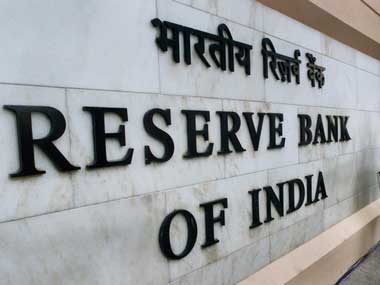)




)
)
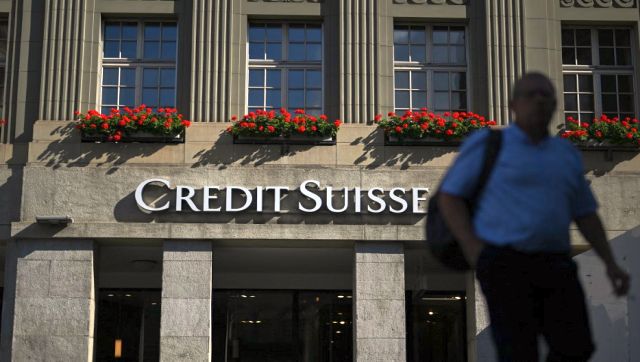)
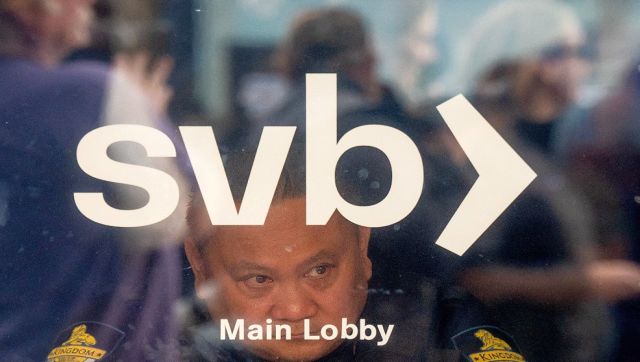)
)
)
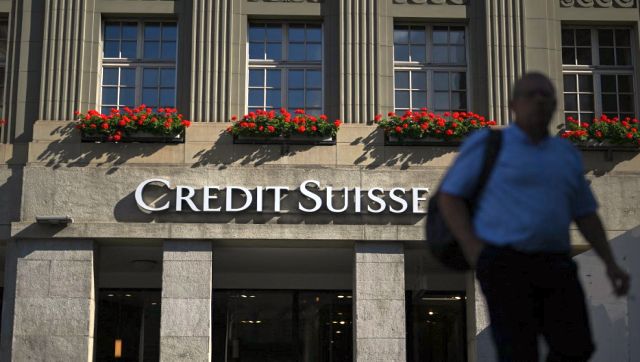)
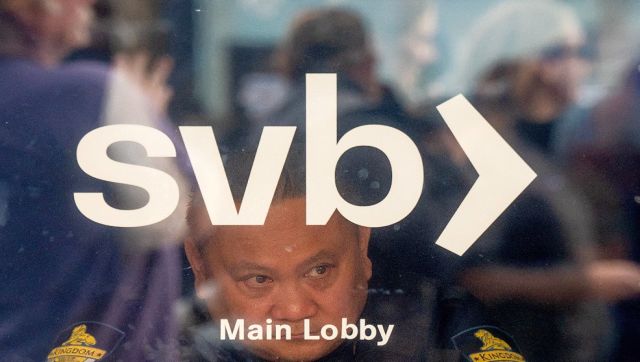)